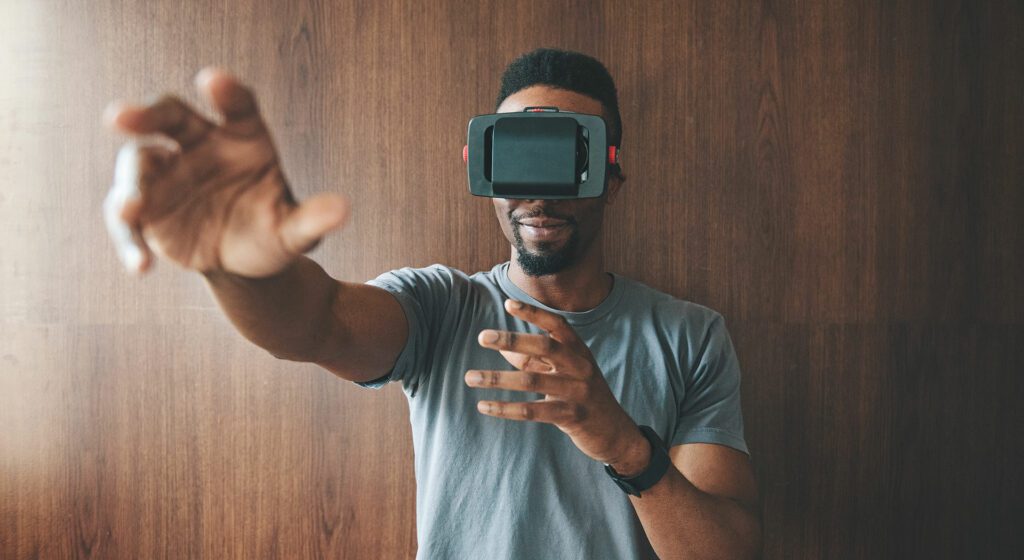On-demand learning: Let the games begin!
The biggest trends in learning and development right now
Why You Should Care
We live in an on-demand world and e-learning has evolved to amplify platforms new users prefer
The expectations of younger, emerging audiences have changed and they expect more interactivity and personalization
Virtual and augmented reality is being deployed to increase engagement and success
Workers and HR leaders across the globe are embracing new models of learning that are less structured around specific courses. Instead, there is a movement toward a “learning and performance ecosystem where technology can not only help us perform in the moment, but also develop us over time,” says Clark Quinn, Ph.D., an L&D veteran who consults with governmental agencies, educational institutions and companies around the world.
Here’s an overview of the three biggest trends driving those changes in L&D technology right now.
Designing for mobile first
Changing the way employees experience L&D “requires not just different tools, but a different mindset,” Quinn says. “It’s time to shift from delivery to facilitation.”
That’s where mobile-first tech comes in. Meeting employees where they are — on their mobile devices — is vital in an increasingly on-demand world.

juan_in_nj via Twenty20
Jane Hart, director of the Centre of Modern Workplace Learning in the U.K. and author of a number of books on L&D, says there needs to be less reliance on training and training technologies, and instead more focus on enabling independent, continuous learning. Her annual Top Tools for Learning survey, now in its 12th year, shows that the tools that are being for used for learning are evolving, she says — although “there is still a long way to go before workplace learning technologies support the ways people like to learn for themselves.”
To that end, An Coppens, chief game-changer at Gamification Nation in London and an expert in corporate learning and engagement, points to Asian marketplaces, where significant investments by governments are being made, even at the primary-education level, to incorporate AR/VR and adaptive, gamified technology into learning. “[M]obile-first audiences will be the next generation of creators of platforms and technology,” she says.
Let the games begin
People don’t want to sit through another e-learning course tied to one specific function of their job. They want to be active participants.
Coppens says the technology needs to cater to the learner, not the other way around. “I see personalization with adaptive systems as key to creating effective learning. Snack-sized learning or microlearning and gamification/game-based learning will be the standard in the not-too-distant future,” she says.
Older L&D systems tend to be driven by the needs of administrators rather than employees, Coppens says. But the move toward more collaborative, learner- and performance-driven systems is happening — it has to.
“Unless L&D systems adapt to what learners experience in their online searches and free learning tools such as Py, Duolingo and others, [they] will become more and more dinosaurs of a time long gone,” Coppens says.

daphneemarie via Twenty20
Learning through immersion
Another area holding huge potential for leverage in L&D is virtual reality and augmented reality, says Jessica Brogley, an instructor in the University of Wisconsin-Platteville’s School of Education. With VR headsets now being widely produced at affordable prices, HR leaders are finding that it’s a highly engaging way not only to play, but to learn.
“I see 360-degree photography and videography as becoming a regular tool for learning,” Brogley says. “The days of Polaroids and sending 35mm film in for development are so long gone. I now expect to be able to capture my environment in 360 so viewers can be immersed, as well.”
As developments in consumer tech continue to raise customer expectations for experiences in the mobile and virtual realms, “this overall expectation in immersion is going to be regular place in learning soon enough,” Brogley says.
Sign up to the UNLEASH Newsletter
Get the Editor’s picks of the week delivered straight to your inbox!

Head of UNLEASH Labs
Abigail is dedicated to connecting HR buyers with the technology and tools they need to succeed.
-
Topics
Learning and Development
VR/AR
